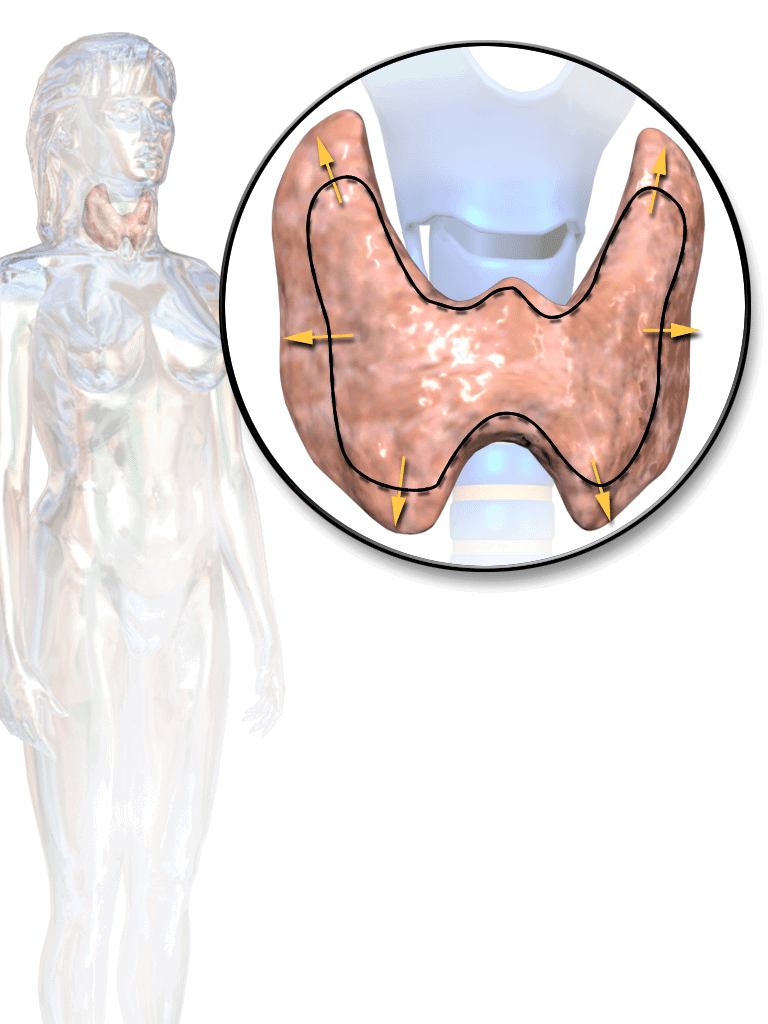Experiencing cold feet occasionally is common, especially in cooler environments. However, when this sensation becomes frequent or occurs without an obvious cause, it might be your body’s way of signaling an underlying health issue. Understanding these potential causes can help you take proactive steps toward better health.
1. Poor Circulation

One of the primary reasons for cold feet is inadequate blood flow. When circulation is compromised, extremities like the feet receive less warm blood, leading to a cooler sensation. Factors such as a sedentary lifestyle, smoking, obesity, or cardiovascular diseases can contribute to poor circulation. Engaging in regular physical activities like walking or stretching can enhance blood flow. In more severe cases, consulting a healthcare professional is advisable.
2. Anemia

Anemia occurs when the body lacks sufficient healthy red blood cells to transport oxygen effectively. This deficiency can result in cold feet and hands due to reduced oxygen delivery to these areas. Common causes include iron or vitamin B12 deficiencies and chronic diseases. Addressing anemia typically involves dietary adjustments or supplements to restore adequate nutrient levels.
3. Diabetes

Diabetes, especially when poorly managed, can lead to nerve damage known as diabetic neuropathy. This condition often affects the feet, causing sensations like tingling, numbness, or coldness. Monitoring blood sugar levels and maintaining a healthy lifestyle are crucial in managing and preventing neuropathy.
4. Hypothyroidism

The thyroid gland regulates metabolism, influencing how the body generates and uses energy. Hypothyroidism, characterized by underactive thyroid function, slows down metabolic processes, including those that help maintain body temperature. This slowdown can result in cold feet. Diagnosis is confirmed through blood tests, and treatment typically involves hormone replacement therapy.
5. Raynaud’s Phenomenon

Raynaud’s phenomenon affects blood vessels in the extremities, causing them to constrict excessively in response to cold or stress. This reaction leads to reduced blood flow, making fingers and toes turn pale or blue and feel cold or numb. Protecting these areas from colds and managing stress can help control symptoms.
6. Multiple Sclerosis

Multiple sclerosis (MS) is an autoimmune disorder impacting the central nervous system. It can cause dysesthesia, leading to abnormal sensations such as intense cold or heat in the feet and hands. These symptoms occur due to disrupted nerve signaling. Treatment varies based on individual symptoms and may include medications to alleviate discomfort.
If you experience persistent cold feet accompanied by other symptoms like pain, swelling, or skin color changes, it’s essential to consult a healthcare provider. Early detection of underlying conditions can prevent more serious complications and enhance your quality of life.
While cold feet are often harmless, they can sometimes indicate more significant health issues. Being aware of these potential causes empowers you to seek appropriate care and maintain optimal health.
